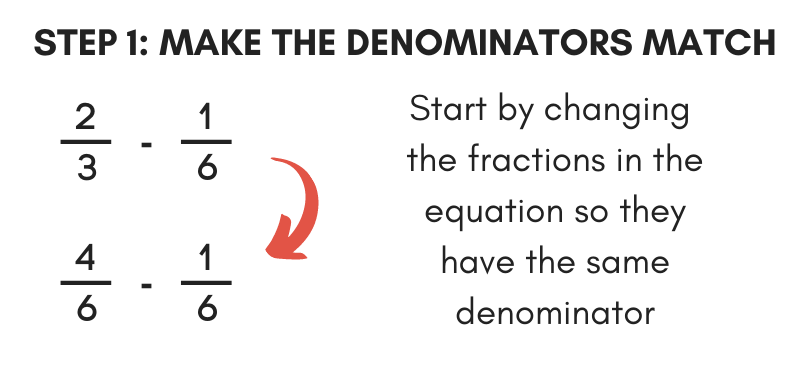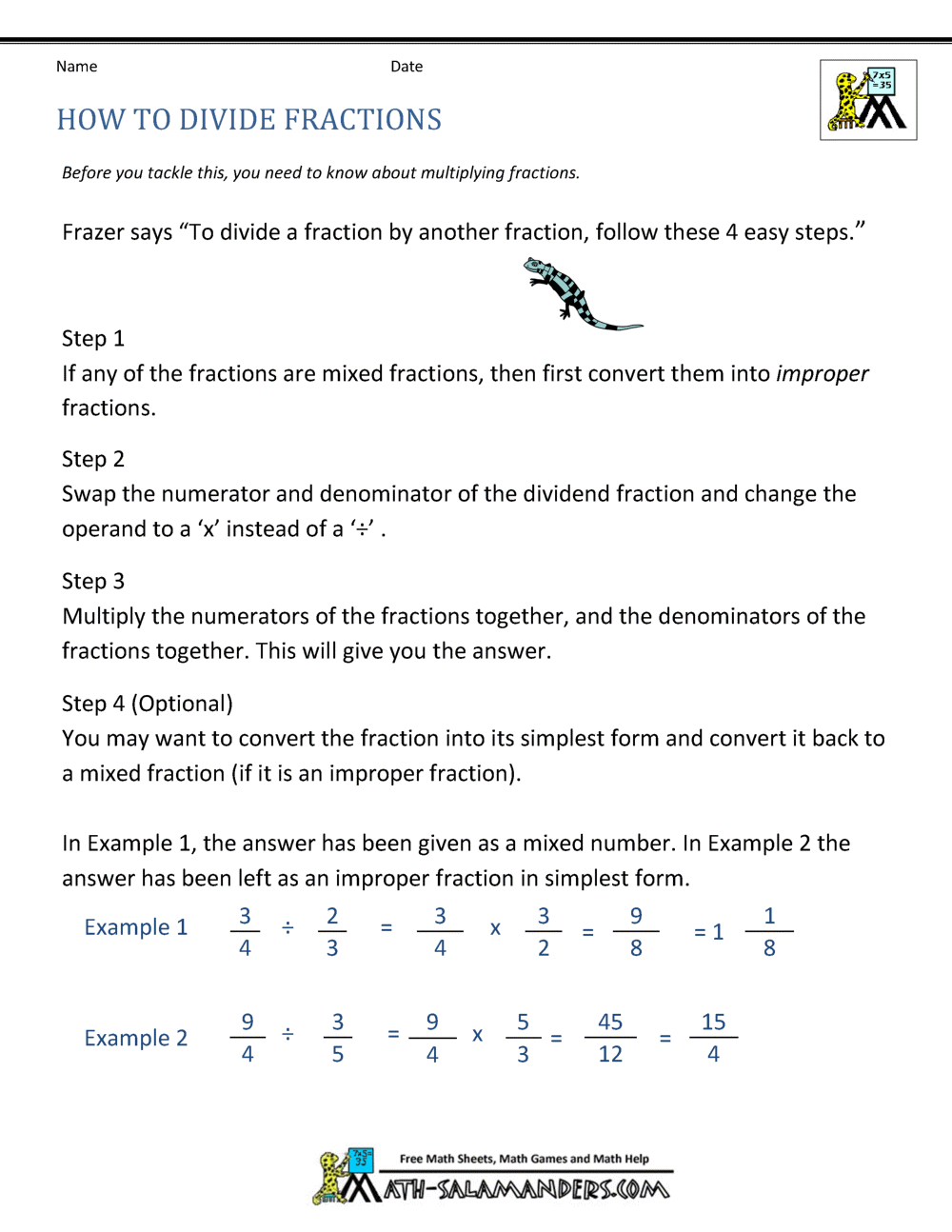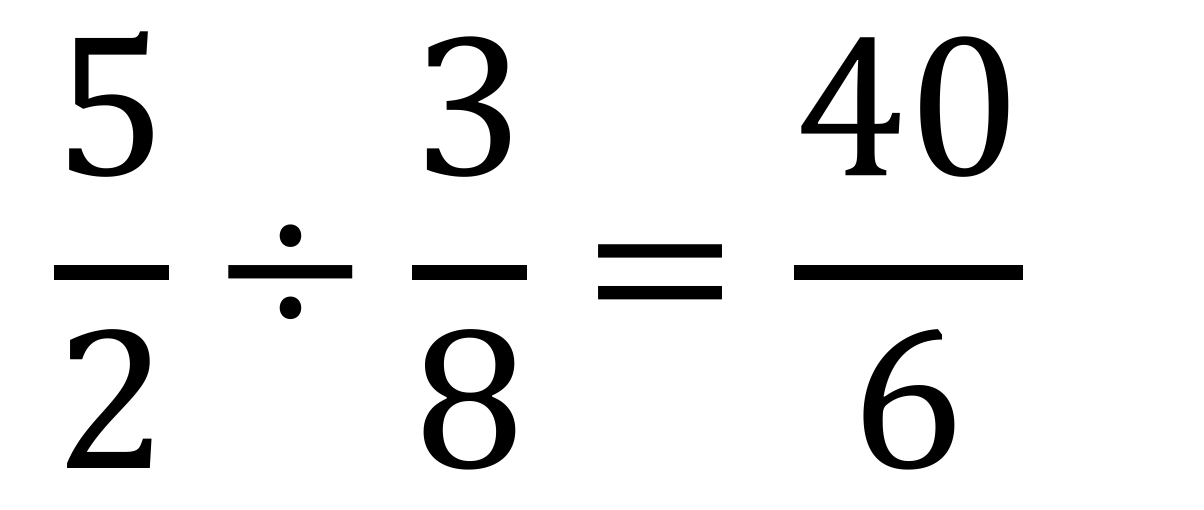

7 shares is more than 6 shares, therefore 7/21 is greater than 6/21. Now that the fractions have the same denominator, we can finally compare them. Multiplying 3 times this fractions numerator, gives us 3 times 2 = 6. The second fraction is 2/7, so 21 divided by 7 results in 3. Since the numerator equals 1, we get 7 times 1 = 7. The first fraction is 1/3, so we divide 21 by 3 and resulting 7 gets multiplied by that fractions numerator. bringing 1/3 and 2/7 to the common denominator Now that we found the common denominator, we need to replace each fraction's own denominator with the common denominator. One of the methods for finding a common denominator of two or more fractions is to multiply the denominators with each other. We do it by finding a common denominator. So the First step must be to find the common ground. Since they have different denominators, they have a different number of parts. Similarly with fractions, there is a simple way of comparing them to each other. When we see two pieces of a pie, we can usually tell which one is larger. Dividing numerator and denominator by 4 gives us (4 : 4) / (12 : 4) = 1 / 3. This rule helps simplify fractions and makes using them easier.

2/4 = 3/6 = 1/2įinally, by multiplying or dividing both the numerator and denominator by the same number, the fraction will stay the same (except the case when division is by zero, which is outside of the scope of this article and will not be considered here). image of 3 circles with half of each painted red. Since it's half a pie that's shaded in either case, we can conclude that the fractions are equal: 2/4 = 3/6 = 1/2. Finally, the third pie is divided into two halves and one half is shaded red. The second pie is divided into 6 shares and three are shaded red. The first pie is divided into 4 shares and two are shaded red. image of 3 circles with half of each painted red Let's add two new pies and look at them together. Remember the pie from previous example? It had 3/6 of it shaded red. Think of the 6 hours spent studying as 6 shaded shares of the pie. If you spent 6 hours studying, what fraction of the day did you spend studying?Ī day is divided into 24 equal shares called hours. As you know, there are 24 hours in a whole day. Now let's test what we have learned so far. In other words, 3/6 of the pie is shaded. Out of these 6 equal shares 3 are shaded red.

The new pie above is divided into 6 equal shares. image of a circle with three sixths shaded red It shows how many equal shares a whole is divided into. The number 4 below the line is called a Denominator. The number 1 above the line is called a Numerator. If we think of equal parts of a whole as shares, one share of a pie here is shaded red. One red part out of four equal parts means 1/4 of a whole is shaded. image of a circle with one quarter shaded red Let's imagine a whole pie divided into 4 equal parts. But what exactly is a fraction? How do we get to know them better? In this tutorial we will explore the basics and practice together, so fractions can become valuable helpers in everyday life and beyond.


 0 kommentar(er)
0 kommentar(er)
